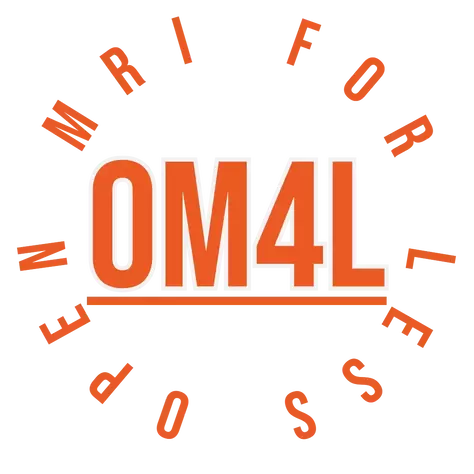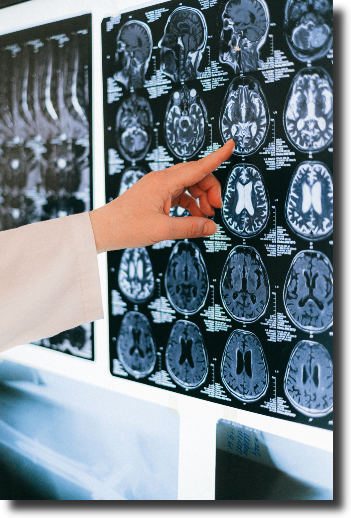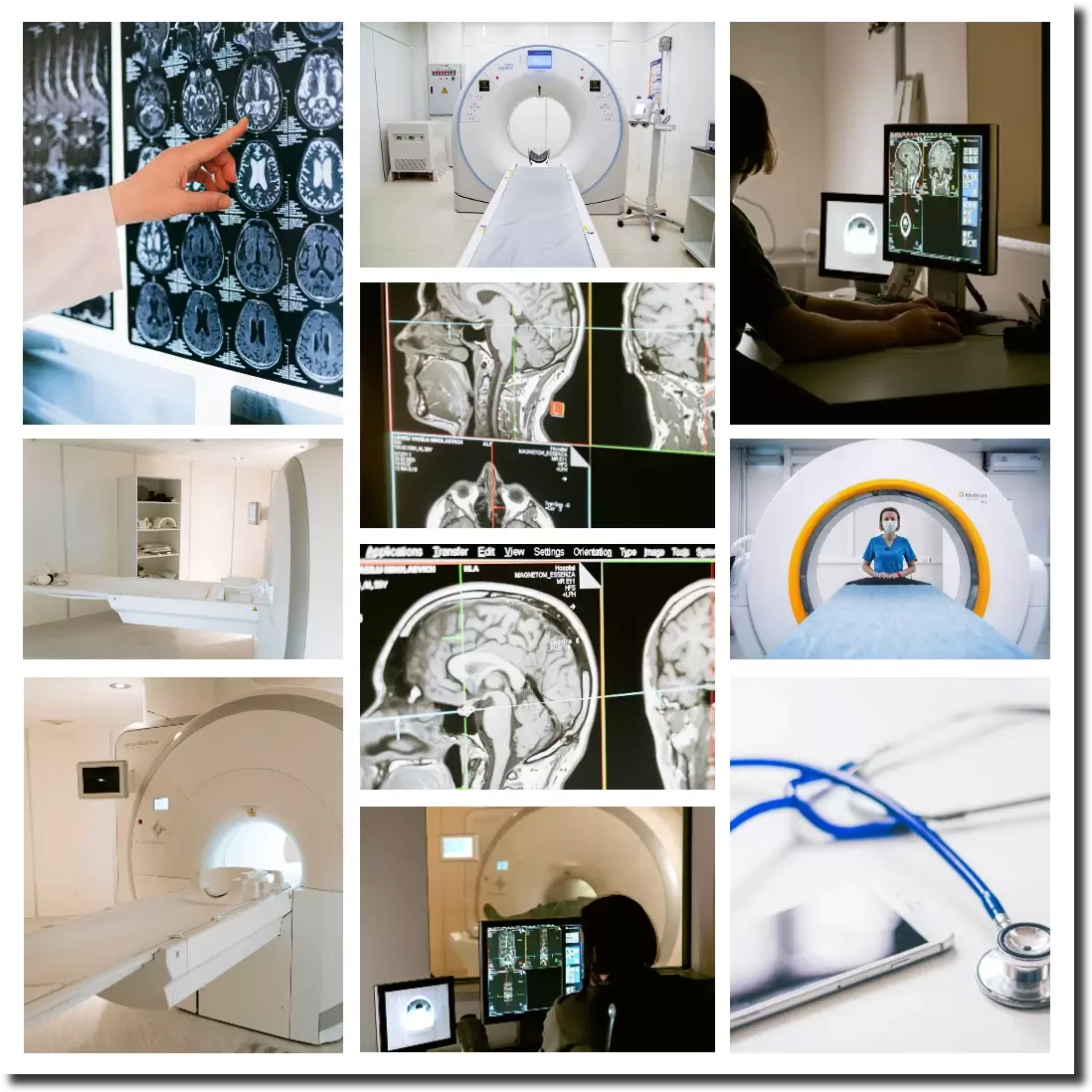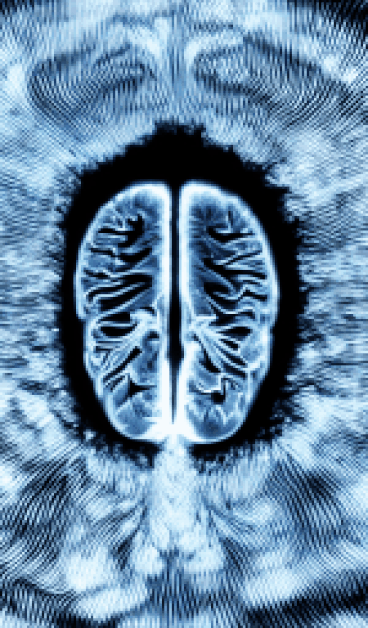Our Name Says It All
At Open MRI For Less, we offer low-cost MRI services that won’t break the bank. Do not waste time and money on an expensive hospital-based MRI when you can get a quality MRI here for a fraction of the cost.
At Open MRI for Less we know your health matters—so trust us for superior scan quality and affordability. We offer a non-contrast MRI complete with report from a Board Certified Radiologist within two business days for $400. No hidden fees, no out-of-network analysis. We charge $100 extra for MRIs with contrast. This price allows you to pay out of pocket for your MRI. Open MRI for Less is IAC certified for musculoskeletal, spinal, and brain MRI imaging. |
What Is an MRI? Magnetic Resonance Imaging, or MRI is a powerful, painless, noninvasive medical imaging tool that can detect subtle changes in the body that may result from an accident.
With innovative 3-D imaging, MRI can accurately identify abnormalities due to its deep tissue penetration. The MRI can produce detailed images of almost every internal structure of the human body, including organs, bones, muscles, and blood vessels. An MRI can detect swelling of brain tissue and other changes that can indicate areas of trauma. The 3-D image produced by an MRI scan eliminates many of the problems associated with a flat image produced by an X-ray or CT scan. The MRI creates images using a large magnet and radio waves rather than radiation. |
Why Open MRI?
|
Open MRI is an imaging technology that offers a number of advantages over traditional MRIs for patients who have suffered mild traumatic brain injury (mTBI) or a concussion. The benefits of Open MRI include improved patient comfort, increased accuracy in diagnosis and treatment, and reduced costs.
The most significant benefit of Open MRI is the improved comfort it provides to patients. Traditional MRIs require the patient to lie still in a confined space while loud noises occur during the scan. This can be very uncomfortable or even frightening for those suffering from concussion symptoms such as dizziness or headaches. With OpenMRIforLess, there are no tight spaces or loud noises; instead, the open design allows more freedom of movement during scanning. Additionally, because images are taken from multiple angles simultaneously rather than sequentially (as with a traditional MRI) this improves accuracy which leads to better diagnoses and treatment plans tailored specifically for each individual case. Finally cost savings associated with using an open scanner come into play when considering whether one should opt for this type of imaging procedure. Because fewer personnel are needed per session , less time spent scanning, translates into lower overall costs. In addition , since shorter scans means less radiation exposure than would be experienced through traditional methods , health risks associated with long term radiation exposure can also be avoided . All these factors combined make opting for an open-scanner option more appealing financially compared other types available today . |



